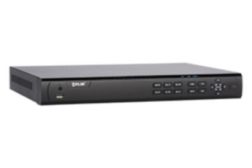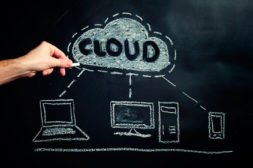- NEWS
- MANAGEMENT
- PHYSICAL
- CYBER
- BLOG
- COLUMNS
- EXCLUSIVES
- SECTORS
- Arenas / Stadiums / Leagues / Entertainment
- Banking/Finance/Insurance
- Construction, Real Estate, Property Management
- Education: K-12
- Education: University
- Government: Federal, State and Local
- Hospitality & Casinos
- Hospitals & Medical Centers
- Infrastructure:Electric,Gas & Water
- Ports: Sea, Land, & Air
- Retail/Restaurants/Convenience
- Transportation/Logistics/Supply Chain/Distribution/ Warehousing
- EVENTS
- MEDIA
- MORE
- EMAG
- SIGN UP!
Home » cloud computing
Articles Tagged with ''cloud computing''
Study: Cloud Computing Offers Benefits for SMBs
Eighty percent of SMBs in the U.S. say cloud computing contributes to business growth
May 1, 2014
Stephen Scharf: Ensuring Trust
“Being satisfied with a program now does not mean you will be satisfied with it tomorrow. The threats, attacks, types of attackers are always changing.”
November 5, 2013
How Will Big Data Change Security?
In the first part of this series (published in April 2013) we discussed some of the major technologies that will play a role in the application of Big Data to the practice of physical security.
October 1, 2013
Sign-up to receive top management & result-driven techniques in the industry.
Join over 20,000+ industry leaders who receive our premium content.
SIGN UP TODAY!Copyright ©2025. All Rights Reserved BNP Media.
Design, CMS, Hosting & Web Development :: ePublishing












